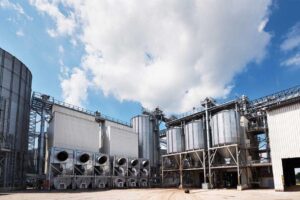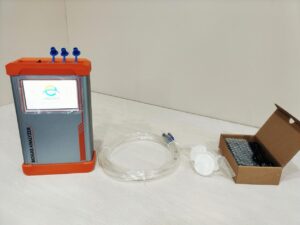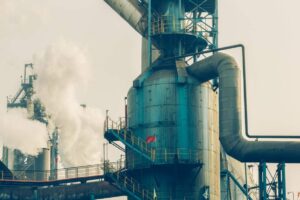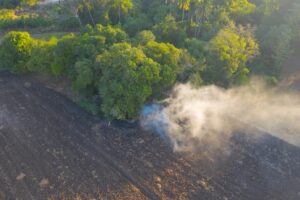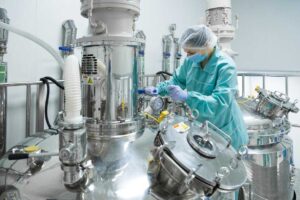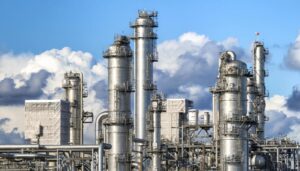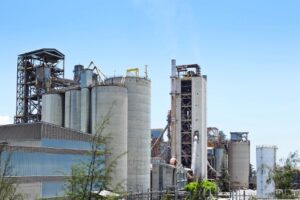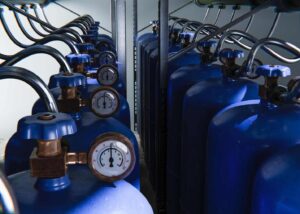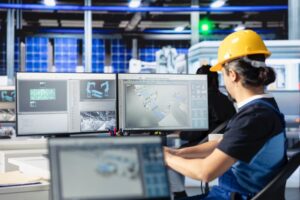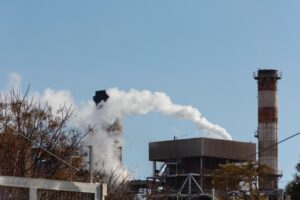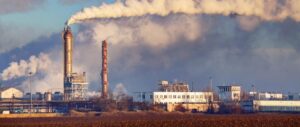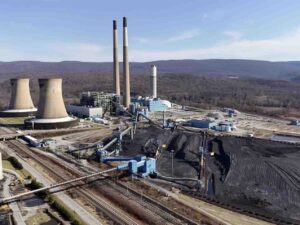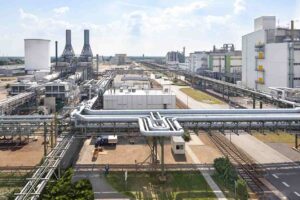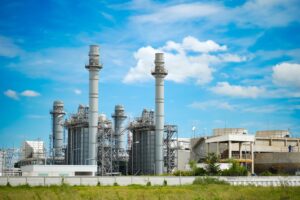In the complex landscape of petrochemical production, not all emissions are visible or predictable. Fugitive emissions—uncontrolled releases from valves, flanges, seals, or other infrastructure—pose a hidden yet substantial risk to both operational integrity and environmental compliance. Traditional detection methods often fall short, failing to provide the speed or accuracy required to catch these emissions in real-time. This is where advanced gas analyzers, such as those developed by ESEGAS, step in as game-changers.
Fugitive emissions represent one of the most pressing environmental challenges within petrochemical plants. ESEGAS gas analyzers are transforming this landscape by enabling real-time, high-precision detection of trace gases around critical equipment. These tools support continuous monitoring, minimize environmental impact, and help facilities align with stringent compliance standards such as LDAR.
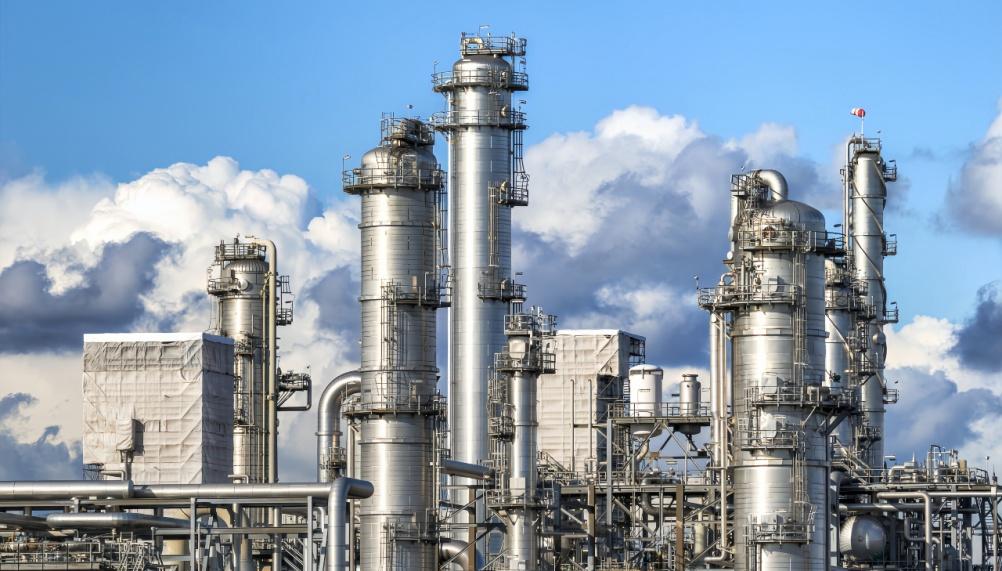
While understanding the value of gas analyzers is straightforward in principle, the practical application involves several layers—from the nature of fugitive emissions to the specific technical solutions offered by ESEGAS. This article breaks down these elements to illustrate how gas analyzers are transforming the way petrochemical plants manage emissions.
What Are Fugitive Emissions and Why Are They a Problem in Petrochemical Plants?
Fugitive emissions refer to the unintended or irregular release of gases and vapors from pressurized equipment in industrial settings. Unlike stack emissions, which are discharged from controlled and monitored release points, fugitive emissions often escape through leaks, faulty seals, deteriorating joints, and poor maintenance practices. In the context of petrochemical plants, these emissions are not just common—they are inevitable if not proactively managed.
The Hidden Threat in Complex Systems
Petrochemical facilities are intricate ecosystems with thousands of valves, connectors, flanges, pumps, compressors, and storage vessels—all of which are potential sources of fugitive emissions. These emissions usually involve hazardous and reactive compounds such as:
- Volatile Organic Compounds (VOCs)
- Sulfur Dioxide (SO₂)
- Nitrogen Oxides (NOₓ)
- Hydrocarbons (e.g., methane, ethylene, propane)
- Carbon Monoxide (CO) and Carbon Dioxide (CO₂)
The invisible nature of these leaks makes them especially problematic. A small crack or degraded gasket may release trace amounts of gas continuously over months, contributing significantly to total emissions without triggering any alarms under traditional monitoring regimes.
Environmental and Regulatory Consequences
Fugitive emissions are a major contributor to:
- Air Pollution: VOCs and NOₓ are precursors to ground-level ozone (smog), which poses risks to respiratory health and ecosystems.
- Greenhouse Gas Accumulation: Methane, for instance, is over 25 times more potent than CO₂ in terms of global warming potential.
- Safety Hazards: Leaks involving flammable or toxic gases increase the risk of explosions, fires, and chemical exposure incidents.
- Regulatory Violations: Many jurisdictions, including under programs such as LDAR (Leak Detection and Repair), impose strict controls on fugitive emissions. Non-compliance can result in significant fines or operational shutdowns.
Economic Impact of Neglect
In addition to environmental and safety risks, unaddressed fugitive emissions have tangible financial consequences:
- Product Loss: Leaked gases often represent raw materials or products with monetary value.
- Increased Maintenance Costs: Delayed detection leads to equipment deterioration and more expensive repairs.
- Regulatory Fines: Repeated violations can cost millions annually.
- Reputation Damage: Growing stakeholder focus on ESG performance means unchecked emissions can undermine investor and public trust.
Why Traditional Methods Struggle to Monitor Fugitive Emissions Effectively
Traditional methods such as manual inspections, portable sniffers, or intermittent sampling are plagued by limitations. These include:
- Limited Coverage: Human inspections can’t match the complexity and scale of sprawling petrochemical infrastructure.
- Delayed Response: Emission sources may remain undetected for extended periods, leading to compounding risks.
- Inconsistent Data: Non-continuous measurement fails to provide real-time trends or actionable insights.
- Low Sensitivity: Subtle or short-term leaks can escape detection entirely.
These challenges make a compelling case for upgrading to automated, high-performance solutions that can monitor multiple points simultaneously with greater speed and accuracy.
How Do Gas Analyzers Improve the Monitoring of Fugitive Emissions?
ESEGAS gas analyzers are engineered to address the core deficiencies of traditional monitoring systems. Their cutting-edge technologies bring several transformative benefits:
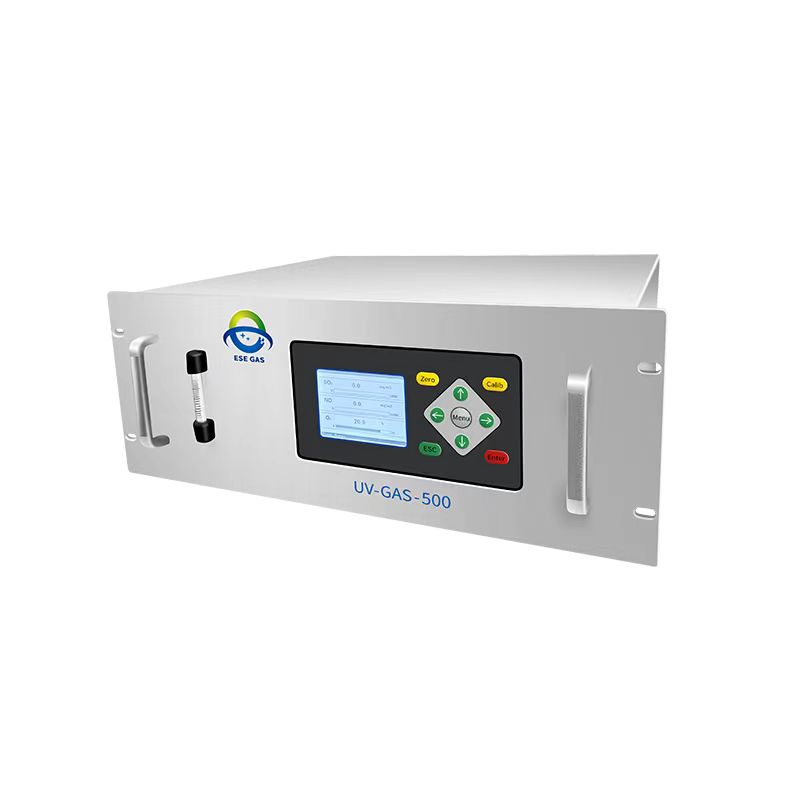
- Continuous Monitoring: ESEGAS devices, such as the UV-GAS-500P, offer 24/7 surveillance of key components, ensuring no emission event goes unnoticed.
- Multi-Gas Detection: These analyzers can simultaneously detect gases like SO₂, NO, NO₂, CO, CO₂, and O₂—vital for comprehensive fugitive emission profiling.
- Real-Time Response: Fast detection allows for immediate corrective actions, preventing minor leaks from escalating.
- Data Automation: Touch-screen interfaces, USB/SD data logging, and real-time alarm outputs enable seamless integration into digital maintenance ecosystems.
By moving from reactive to proactive strategies, plants can significantly improve their operational efficiency and environmental responsibility.
What Types of Gas Analyzers from ESEGAS Are Most Suitable for Fugitive Emissions Monitoring?
Different monitoring scenarios demand different hardware solutions. ESEGAS provides multiple models tailored for varied industrial needs:
| ESEGAS Model | Key Features | Ideal Use Case |
| UV-GAS-500P | Portable or semi-fixed; detects SO₂, NO₂, NO, CO, CO₂, O₂; touch screen UI | On-site inspections, spot checks, mobile response |
| UV-GAS-500 Series | Fixed installation for continuous flue or ambient gas monitoring | Continuous emission control at critical locations |
These devices are designed for durability in harsh environments and include features such as low detection limits, automatic calibration prompts, and easy data export options—making them highly suitable for compliance-focused operations in the petrochemical sector.
How Do ESEGAS Gas Analyzers Help Ensure Compliance and Environmental Safety?
With regulatory scrutiny intensifying, compliance with programs like Leak Detection and Repair (LDAR) has become non-negotiable. ESEGAS analyzers directly support such initiatives by:
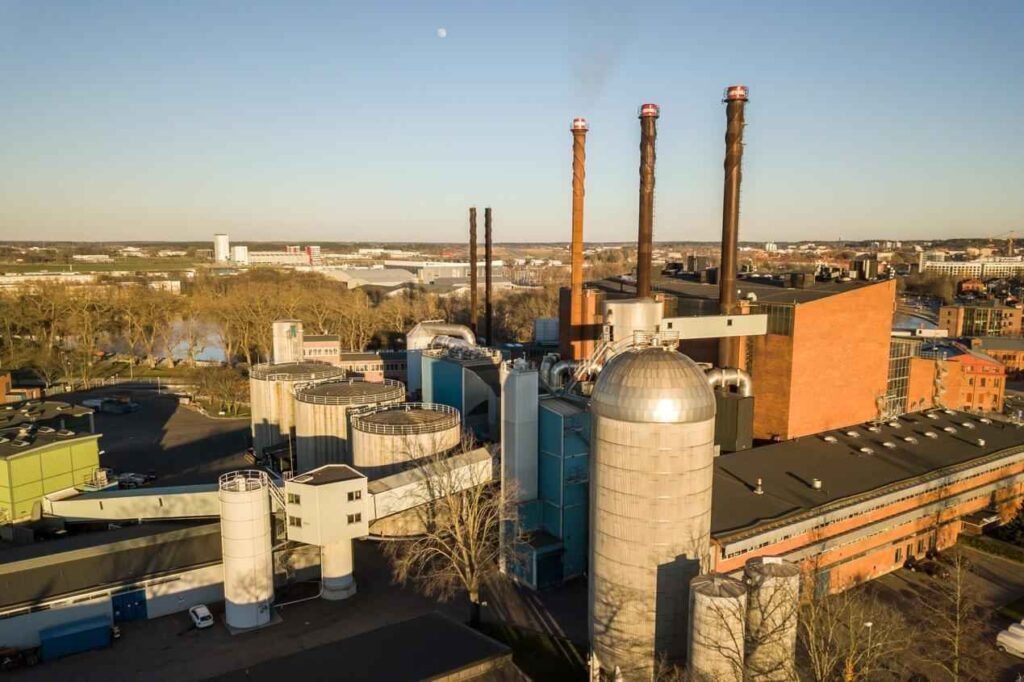
- Fulfilling Regulatory Standards: Their precise readings align with international environmental monitoring norms.
- Reducing Safety Risks: Early detection of hazardous leaks helps prevent workplace accidents and environmental incidents.
- Supporting Audit Trails: Automated data logging and export functions simplify compliance reporting.
- Avoiding Penalties: Real-time monitoring minimizes unreported emissions and mitigates fines from environmental authorities.
By embedding gas analyzers into their monitoring strategy, facilities not only meet legal obligations but also strengthen their ESG (Environmental, Social, Governance) profile.
Case Study: Real-World Application in a Petrochemical Plant
A large petrochemical facility faced challenges in monitoring unorganized emissions from over 1,000 valves and connectors. By deploying ESEGAS UV-GAS-500P analyzers across the facility and integrating fixed units into emission hotspots, the plant achieved:
- 300% increase in leak detection frequency
- 40% reduction in fugitive emissions volume over one year
- Improved repair response time by 60%
- Seamless generation of annual emissions reports with built-in data logs
This transformation not only improved operational safety but also strengthened the company’s standing in regulatory audits and environmental certifications.
Conclusion
Fugitive emissions, long considered difficult to detect and quantify, are now within reach thanks to advanced gas analyzer technology. ESEGAS is at the forefront of this evolution, offering precise, automated, and reliable solutions for petrochemical facilities. As environmental regulations tighten and digitalization accelerates, integrating such intelligent monitoring systems is no longer optional—it’s a strategic imperative.





